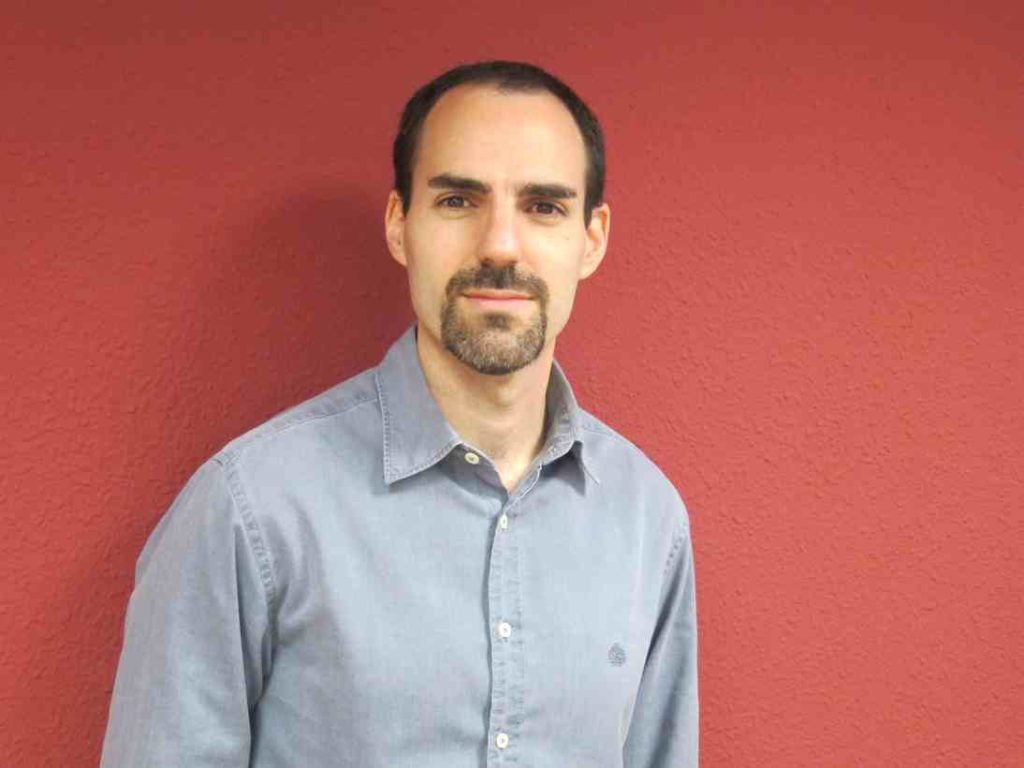The Hotels Network CEO: Predictive personalisation and how it’s revolutionising hospitality
By Juanjo Rodriguez, founder and CEO of The Hotels Network
Contributors are not employed, compensated or governed by TDM, opinions and statements are from the contributor directly

The concept of leveraging technology to improve the user experience and increase hotel revenue simultaneously is what we call predictive personalisation. It’s a two-step process whereby you apply machine learning techniques to understand user behavior, and then personalise his or her experience by automatically presenting the best content and offers for that individual.
Juanjo Rodriguez a digital and marketing entrepreneur and the founder and CEO of technology company The Hotels Network, has work with hotels around the world to increase their direct booking conversion rates. He sheds a thought or two on this ever-changing ball game.
You might ask yourself, isn’t that already being done? But the big leap here is that this prediction happens in real time. It’s also much more sophisticated, not based on a few simple rules, but on hundreds of variables that interact with each other.
The need for predictive personalisation
All hoteliers should be getting excited about predictive personalisation because it’s set to make our lives so much easier.
Predictive is key because, first, there are so many travelers and they are all different. Unfortunately, you just can’t know what they want using a few rules of thumb and blanket attributes like gender or nationality. Second, you need to anticipate his or her behavior. People are not exactly patient these days and if you need to wait for them to reveal their preferences, they’ll be long gone. You need to act fast and fluently to encourage sales.
“Data that can’t be acted on is useless”
Personalization comes into play because predictive analytics are only powerful if they allow you to change behaviors. Data that can’t be acted on is useless, it’s just a game that gives you an illusion of control. Just as each traveler is unique — through personalization, you can ensure that each visitor to your website has a unique experience too.
Machine learning trumps guesswork

The reality is that no e-commerce or revenue manager can hold in their head the huge number of variables that shape user behavior and how they interact with one another. We need machine learning to automate this process and take it to a level of accuracy and speed that humans alone cannot achieve.
The feedback loop from predictive personalisation allows the hotelier to adapt their commercial strategy on the fly: optimizing offers and managing stressed inventory for low/high season etc. It takes the guesswork out of the yield management process, which saves precious time and optimizes results.
Discovery v/s offer
Personalization is currently a buzzword for all players in the travel scene. Every CEO is thinking about it and every marketer is delving deeper into the topic to find out what the benefits are. The same can be said for AI and machine learning, however, the problem that OTAs and hotels are trying to solve is fundamentally different.
An OTA has a discovery problem: which hotels should they put in front of the user, among the hundreds of thousands that it is selling? A hotel, on the other hand, has an offer problem: which combination of room, services and price is the ideal one for each customer?
Adding the user to revenue management
So far, the offer problem has been tackled using conventional revenue management – finding out the price per room that maximizes revenue for the hotel using demand analytics and shopping competitors’ pricing. You’ll notice, however, that a key stakeholder is missing from this approach, and that is the traveller.
How can you talk about personalization if the price is the same for every user, no matter what his or her preferences are? We need to add the user into the equation and start thinking in terms of “full offer” and not only price. In this way, we can then dynamically change the offer to match each individual user’s inclinations.
Ultimately, perfect revenue management is personalised pricing. Current methods optimize for the hotel but we need to optimize for the traveller too.
Behavior-based personalisation is not CRM
Let us just be clear about what predictive personalisation is not. It’s not remembering the brand of wine you like or the newspaper you want delivered every morning. This is lazy and feels old because it’s not the type of benefit a modern traveller wants. Amenities are out, experiences are in. When is the last time you saw a post on Instagram saying “Amazing stay, they really knew I’m a New York Times reader!” Guests, of course, do still appreciate the personal touches during their stay, but in today’s world, we need to be getting personal way before the guest has even booked their visit.
“90% of clients who visit a hotel never come back”
The conventional CRM approach does not work in hospitality, except for a few very large mainly business oriented brands. The reason is simple: 90% of clients who visit a hotel never come back. Not because they didn’t like the hotel, but because they are not coming back to that destination.

In hospitality, current behavior is more important than historic behavior, the present more important than the past. There’s no such thing as a business user, boutique user or bargain user. Every one of us is all of them, at different points in time. What you are doing right now, while planning this very specific trip, is what gives us the insights we need to personalise your experience.
Another great advantage of a behavior-based approach to personalization is that it complies with the privacy concerns of the modern user. We can offer you something unique without knowing your name or email address.
A definition of predictive personalisation
If we are going to summarize it, a business definition could be: finding the amount of money each client is ready to spend, and then delivering the maximum value for that amount.
For hoteliers, it means welcoming every user onto your website as you would welcome every traveler into your hotel — warmly and professionally, and treating each person as an individual. An anonymous user becomes a person once he steps into the lobby.
Personalization is about how you seduce the user, guide him or her to trust you, and then convince them that your hotel is the right choice. It’s how you show that you care. And that, after all, is the essence of hospitality.


Comments are closed.